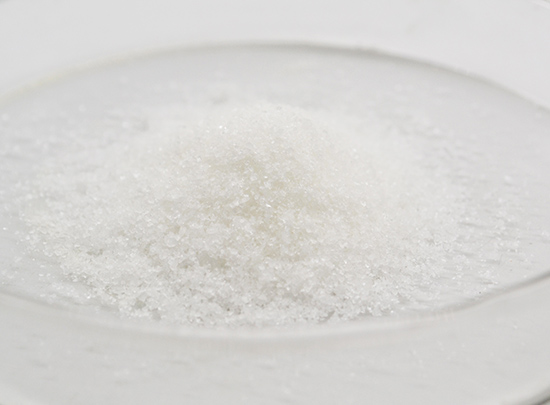1. Principles and steps
The method consists of three steps: fast stirring, slow stirring and static settlement. The animal flocculant was quickly dispersed by rapid agitation and contacted with colloidal particles in water. The colloidal particles began to aggregate to form flocculants. Through slow stirring, micro-flocs further contact each other and grow into larger particles. After stopping agitation, the colloidal aggregates formed depend on gravity to settle naturally to the bottom.
This method is suitable for determining the process parameters of water flocculation, including flocculant type, dosage, PH value of water, temperature, and the order of dosage of various agents.
By measuring the turbidity and chroma of water sample in beaker experiment, we can know the degree of colloid dehydration and aggregation.
2. Process
1) The rotational speed of multi-position agitator can be steplessly adjusted between 20 and 150 R/min. Mixed slurry sheet is made of light corrosion resistant material. The size of the slurry sheet is rectangular. Illumination should be provided on the base or inside of the multi-stirrer, through which the formation of flocs can be observed. The size of multi-position mixer and mixing slurry sheet and the position of immersion in water should be 3/4 of beaker.
2) Beaker
The size and shape of the beaker are the same, and its volume is not less than 1500ml.
3. Operating steps
1) According to the number of beakers set by multi-stirrer, each quantity of 100ML water sample is put into the beaker, and the beaker is positioned. Then put the mixing slice into the water. Slurry shaft should deviate from the center of beaker, and there should be at least 6.4MM gap between the slice and the wall of beaker. Record the temperature at the beginning of the experiment.
2) The flocculant is loaded into the test tube of the reagent rack. When administered, the drug in each test tube was diluted to 10 ml with water. If the dosage of one of the agents is more than 10 ml. Other test tubes should also be filled with water until the volume and dosage are the same. When adding suspension agent, shake the agent before adding it.
3) Start a multi-position agitator, mix rapidly at 120 r/min speed, and add chemicals to beakers at the same time according to the prescribed dosage, stirring for 1 minute.
4) Reduce the rotational speed to 20-40r/min to keep the particles in the beaker suspended evenly. Stir slowly for about 20 minutes. Record the time of initial flocculation.
5) After the slow stirring is completed, the stirring slurry sheet is raised from the water to observe the floc settling and record the time spent on most flocs settling. However, in special cases, the settling is affected by convection, and the recorded settling time should be approximately the same as the amount of unsettled flocs moving up and down.
6) The thickness of flocs at the bottom of beaker was recorded 15 minutes after precipitation. The pipette was used to absorb water samples at 1/2 of the beaker at night. The burning degree, color and PH value of water samples were measured.


